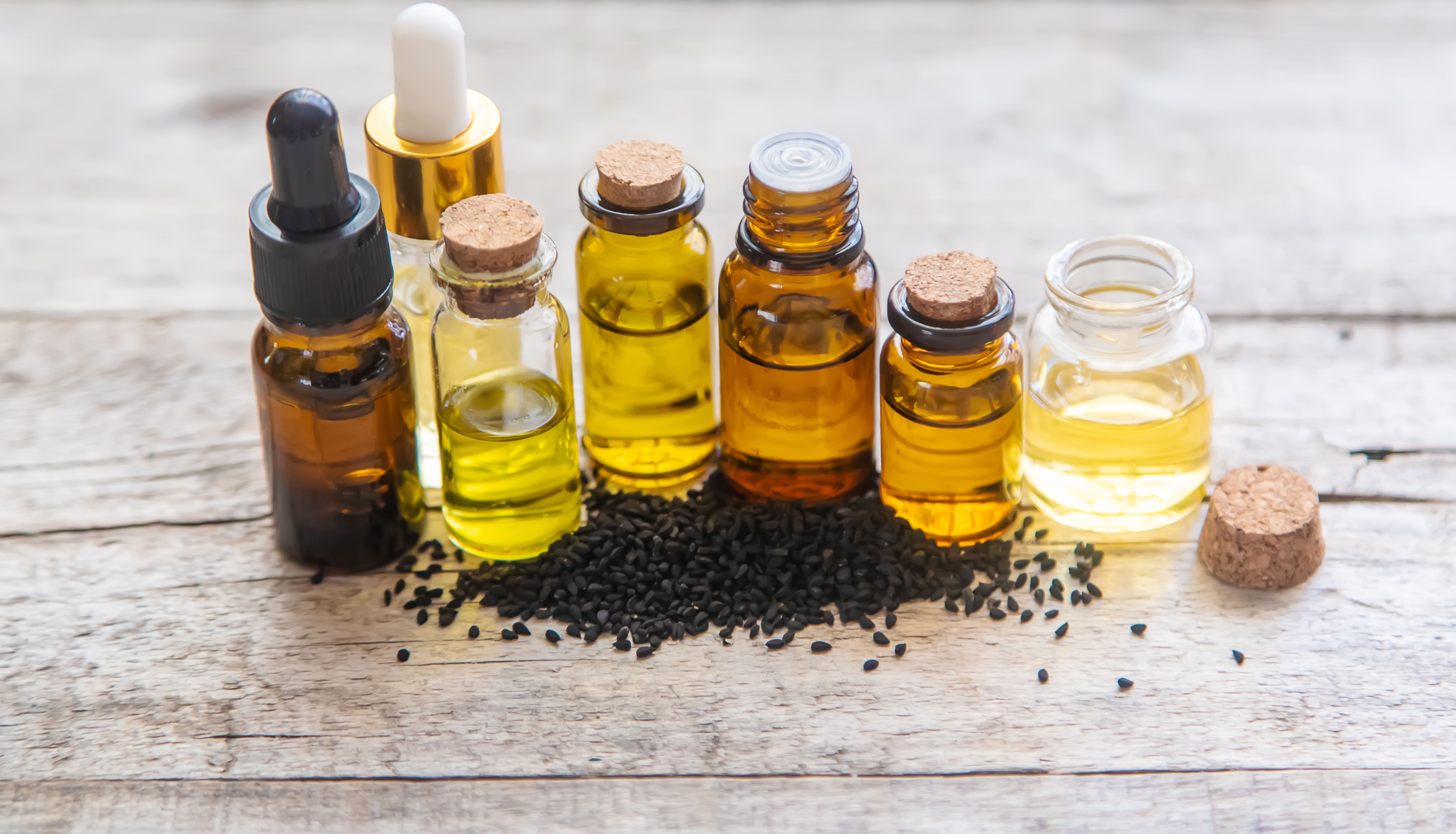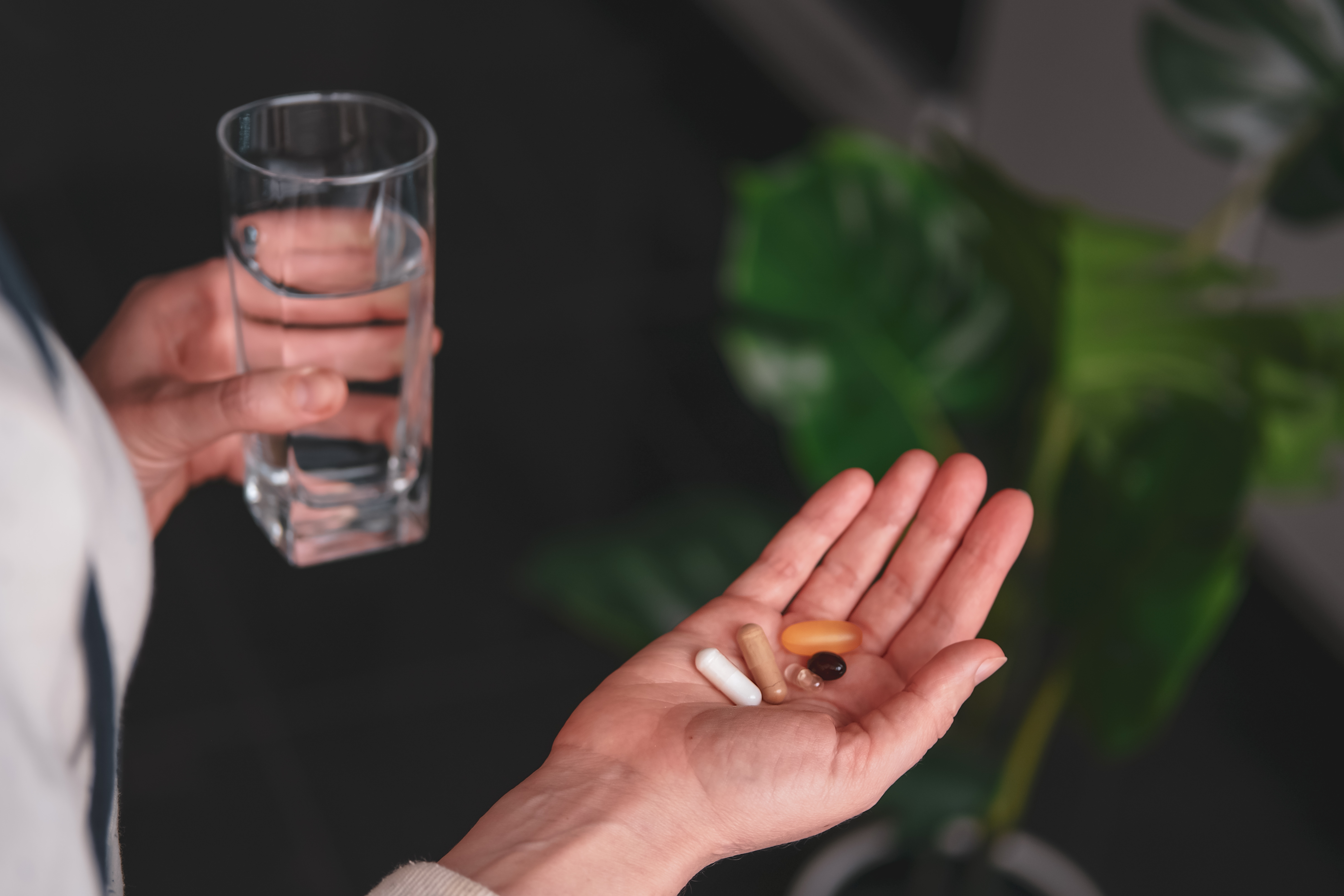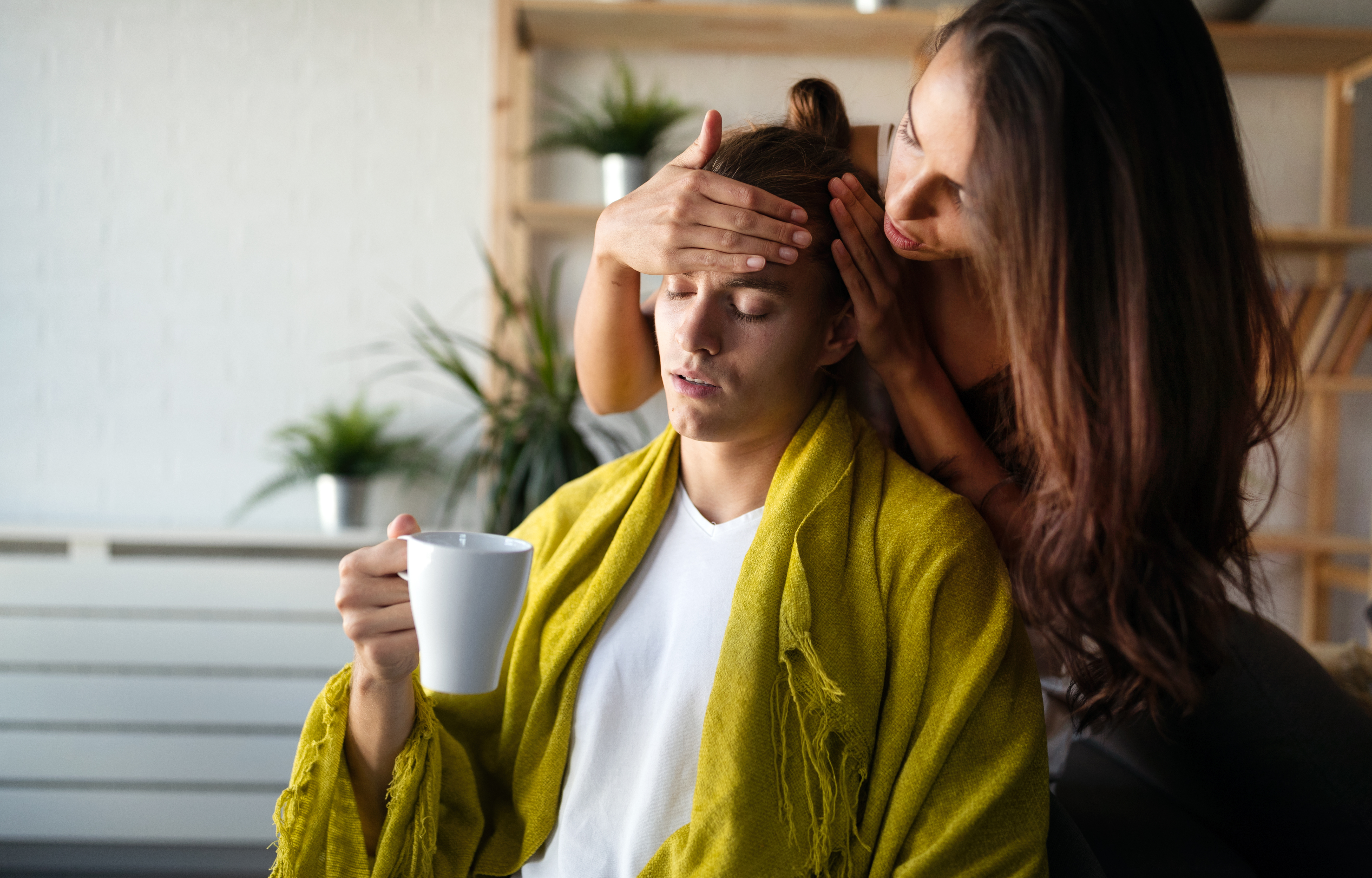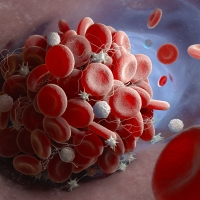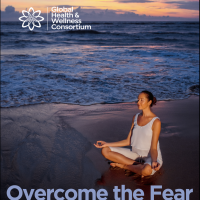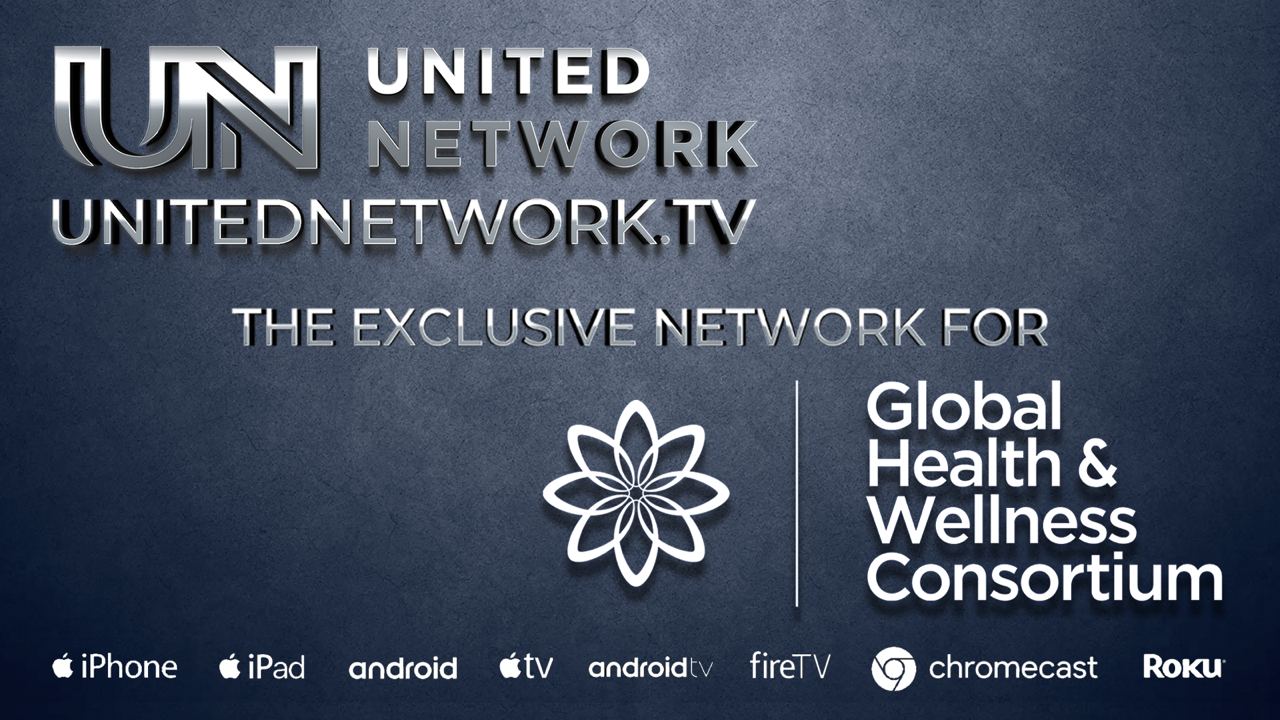How to Survive the Cold and Flu Season: Basics
By Dr. Val
There are two major cold and flu seasons that we go through each year. The usual trigger is seasonal change, spring to summer and summer to fall. There are a multitude of reasons for these particular times to be troublesome, mostly related to temperature extremes, seasonal allergies and fungus cycles. People tend to gather for social functions more then, which allows for spread of disease due to close proximity to infected individuals. Since viral particles are shed before the infected person is aware they are ill, there is little warning. For the Terrain Theory fans, it is close proximity of defective thoughts of others. Think of the virus particles as negative thought particles that impact your energetic/etheric body, trickling down to cause dis-ease.
To get through cold and flu seasons in relative ease, bump up on vitamin C, zinc, colloidal silver, multivitamin/multiminerals, vitamin B complex, and raw apple cider vinegar. Eat good, healthy food--even if it's hard to contemplate a nice big salad when it's cold outside. Get plenty of rest, reduce stress, and get a good laugh every day. When exercising outdoors, take care to wear a jacket when you start to cool down--yes, Mom was right--avoiding a chill keeps your body reserves from being depleted.
For those in northern climates that lack sun: keeping lights on during the day helps to keep circadian rhythms from going awry. Use "daylight" or "sunlight spectrum" bulbs, which provide about 92% of the same spectrum as sunlight. A few hours before going to sleep, turn the lights down; add orange, red, or yellow bulbs if there is a problem getting to sleep. The colors of fire remind us of ancient times when campfires were the only light at night. Strange as it may seem, our brains are quite familiar with those colors signaling time to go to sleep.
Be prepared for sudden cold snaps while out by always carrying a jacket, gloves and a hat. A warm hat will keep a major amount of heat from escaping the body. The trick to keeping warm during seasonal changes has to do with the amount of energy the immune system requires for proper functioning and the need to keep the body temperature at a balmy 98.6 degrees Fahrenheit. If the body gets chilled and can't get the temperature back up quickly, opportunistic organisms could get the upper hand. Being too cold also makes it hard to keep a positive attitude and that has a lot to do with staying healthy. Watch your own thoughts and words as well as those of the people around you.
As far as getting vaccinations goes, you have to make your own choice in the matter. Please do check out both sides of the issue to make sure you are fully informed before taking such foreign substances into your body (Caveat emptor). If one prepares well and avoids getting infected in the first place, there is no need for most of what the conventional doctors are recommending. Most of the problem with getting a cold or flu is that of the immune system responding too strongly but not being strong enough to prevent viruses (and not with “infecting organisms” themselves). Keep the body's defenses shored up and just avoid the whole mess. Consider doing a detox; colds and flu are really just the body’s way to tell you your toxin levels need to be dealt with. Time to do some house-cleaning, so the body mounts a fever to get rid of toxins...fever is our friend!
There are several really excellent natural anti-viral preparations available over the counter; keep your favorite ones handy. Thieves Oil, Lomatium Dissectum (Desert Parsley), Oregano, Olive Leaf, Thyme, and many others are great for colds and flu. Take a good anti-viral and ramp up the ones mentioned and you should be able to get through any cold and flu season quite well.
©2021 Dr. Valerie Olmsted All Rights Reserved Worldwide

